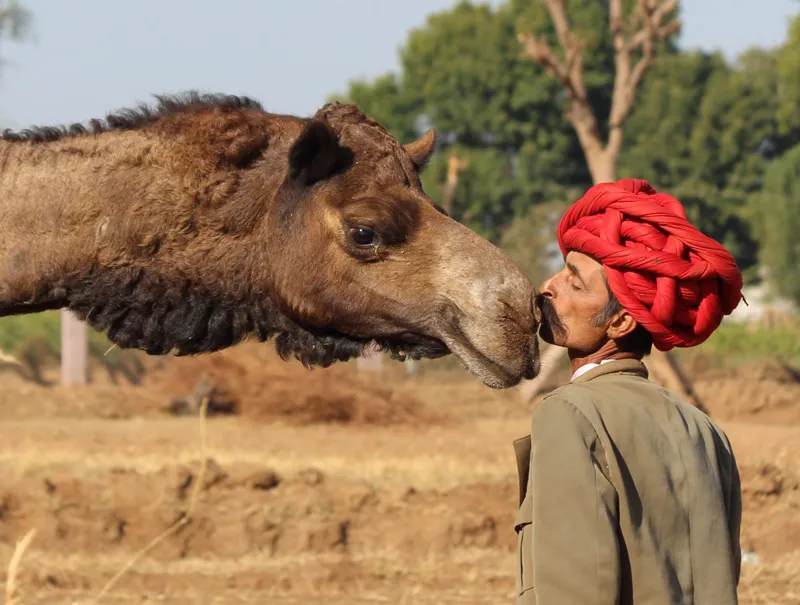Articles
Why camel milk could soon become the world’s most essential drink
The future of food and drink could have a few humps in the road.
Forget everything you thought you knew about camels being grumpy pack animals roaming the desert; they might just be the next big thing in global agriculture.
If you’re living in Europe or the US, the idea of dousing your cereal in camel milk or cooking up a romantic camel steak for your partner might seem strange, but the humped animal has been a staple of diets in certain communities for thousands of years.
Now, camels are on the rise beyond their traditional homelands and their produce is cropping up on shelves around the globe.
It’s even the UN’s International Year of the Camelids (the family of animals that includes camels, alpacas and llamas), celebrations for which include a grand parade of camels and their cousins through the streets of Paris on 20 April.
According to the UN, camels already contribute about 8 per cent of total milk production in Sub-Saharan Africa. Meanwhile, market research estimates that the global camel milk trade could exceed $13 billion by the end of the decade, up from $1.3 billion in 2022.
“It is pretty rapid growth,” Dr Ariell Ahearn, departmental lecturer in human geography at the University of Oxford, tells BBC Science Focus.
Ahearn explains that in countries like Saudi Arabia, the United Arab Emirates, Kazakhstan and Mongolia, camel milk is already commonplace in grocery store refrigerators and that as investors spy a good business opportunity, money is pouring into new farms across the region.
“By 2050, it’s possible we’ll have more choice between cow’s milk and camel’s milk in the UK,” she says.
Indeed, farms are beginning to crop up in the western countries too. The largest farm in the US now spans over 1,000 acres in the hill country of Missouri and hosts over 200 camels.
So, with their rise in popularity all but assured, could camels be the new cows, taking over pastures (or sand dunes?) around the world?


